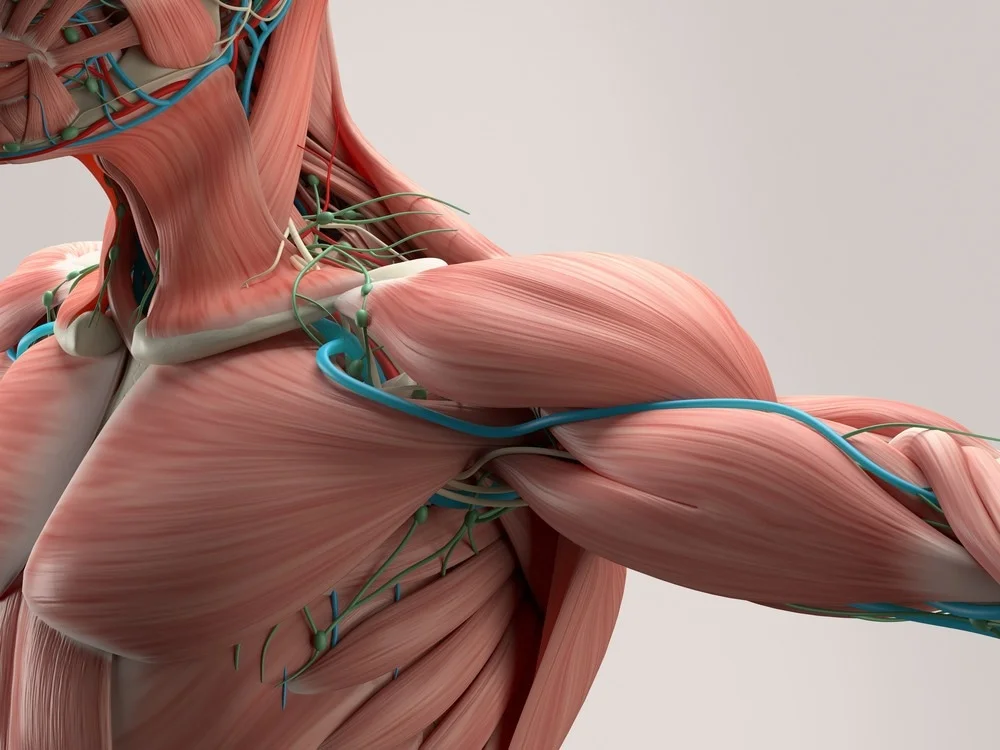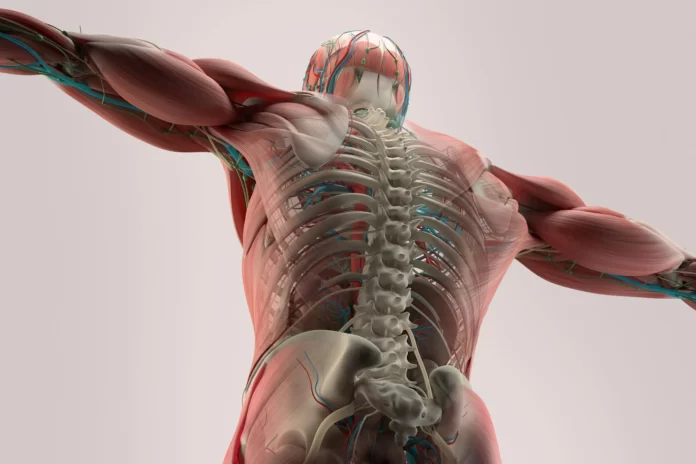In a study on long Covid, researchers have delved into the intricate changes in muscle structure that contribute to persistent fatigue during exercise. The findings shed light on the physiological aspects of long Covid, offering valuable insights into the challenges faced by individuals grappling with prolonged symptoms.
The study, conducted by a team of scientists dedicated to unraveling the mysteries of long Covid, focused on understanding the impact on muscle function. Beyond the commonly observed respiratory symptoms, there exists a subset of individuals experiencing persistent fatigue, a phenomenon that the researchers sought to explore at the molecular level.
As the study unfolded, it became apparent that changes in muscle structure played a pivotal role in the overwhelming fatigue reported by long Covid survivors. The intricate interplay between muscle fibers, mitochondria, and cellular components emerged as a key factor contributing to the persistent exhaustion experienced during physical exertion.
Mitochondria, often referred to as the powerhouse of cells, were found to undergo alterations in individuals with long Covid. These changes affected the energy production process, hindering the efficient supply of energy to muscle fibers. Consequently, even routine physical activities became disproportionately exhausting for those grappling with the aftermath of Covid-19.
Long Covid Study
The study involved a meticulous examination of muscle biopsies from individuals with long Covid, providing a microscopic view of the structural changes occurring at the cellular level. The researchers observed disruptions in the arrangement of muscle fibers, indicating a potential link between these structural alterations and the reported fatigue during exercise.

Furthermore, the study uncovered anomalies in the cellular components responsible for signaling and communication within the muscle tissue. These disruptions in cellular communication could explain the discrepancies in energy distribution, leading to the overwhelming sense of fatigue even with minimal physical activity.
Understanding the intricate details of these muscle-related changes opens avenues for targeted interventions to alleviate long Covid symptoms. The findings suggest that therapies aimed at restoring mitochondrial function and addressing cellular communication may hold promise in mitigating the persistent fatigue experienced by individuals with long Covid.
The implications of this study extend beyond the scientific realm, touching the lives of millions affected by long Covid. The validation of physiological changes provides a tangible explanation for the often-debilitating fatigue that lingers long after the initial infection. It reinforces the legitimacy of the experiences reported by individuals struggling to resume normal activities post-Covid.

Moreover, the study prompts a reevaluation of the post-Covid recovery process. It underscores the need for tailored rehabilitation programs that address the specific challenges posed by altered muscle structure and mitochondrial dysfunction. This nuanced understanding of long Covid’s impact on the musculoskeletal system paves the way for more effective and targeted therapeutic approaches.
As the scientific community continues to grapple with the complexities of long Covid, each study contributes a piece to the puzzle. The latest findings on muscle structure changes provide a crucial element in comprehending the lingering effects of the virus. This deeper understanding not only informs medical professionals but also empowers individuals with long Covid to navigate their recovery journey with greater insight.
Continued research in the field of long Covid holds the promise of unveiling more layers of the intricate aftermath of the virus. Scientists and medical professionals, armed with a better understanding of the physiological changes associated with long Covid, can refine treatment strategies and rehabilitation programs. As ongoing studies build upon this foundation, the medical community is better equipped to offer comprehensive care to individuals navigating the challenges of persistent symptoms.
One notable aspect of the study is its potential impact on public awareness. The recognition of specific muscle-related changes in long Covid not only validates the experiences of those affected but also fosters a broader understanding of the extended consequences of the virus. This increased awareness is crucial in dispelling misconceptions and fostering empathy for individuals dealing with the often-invisible struggles of long Covid.
The study’s findings also underscore the importance of a multidisciplinary approach to long Covid care. Integrating insights from studies on virology, immunology, and now muscle physiology allows for a holistic understanding of the condition. This interdisciplinary perspective is invaluable in tailoring interventions that address the diverse facets of long Covid, from the viral remnants in the body to the intricate changes in muscle structure.
Furthermore, the study’s revelations may prompt the development of targeted therapies aimed at restoring muscle function in long Covid survivors. By addressing the specific challenges posed by altered muscle structure and mitochondrial dysfunction, researchers and clinicians can work towards improving the quality of life for those grappling with persistent fatigue and exertional limitations.
The journey toward unraveling the complexities of long Covid is far from over. Each study, including this exploration of muscle structure changes, contributes essential pieces to the evolving understanding of the condition. The collective efforts of the scientific community, coupled with the resilience of individuals affected by long Covid, are paving the way for a more nuanced and effective approach to diagnosis, treatment, and recovery.



